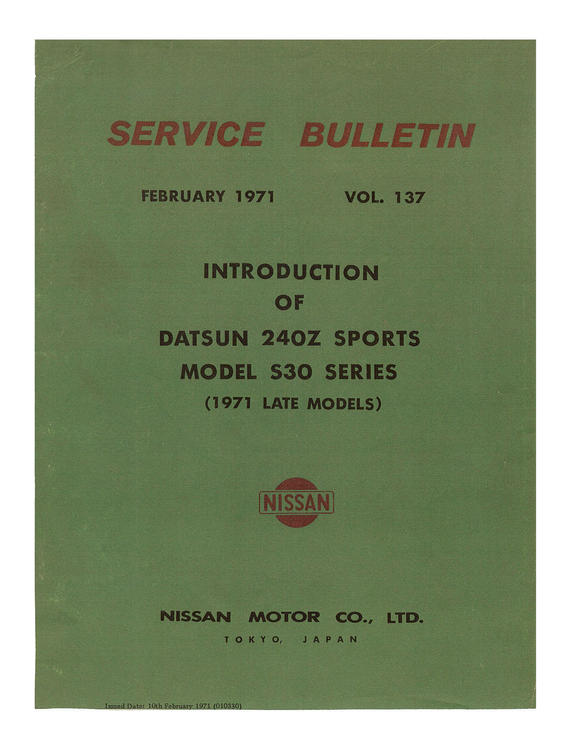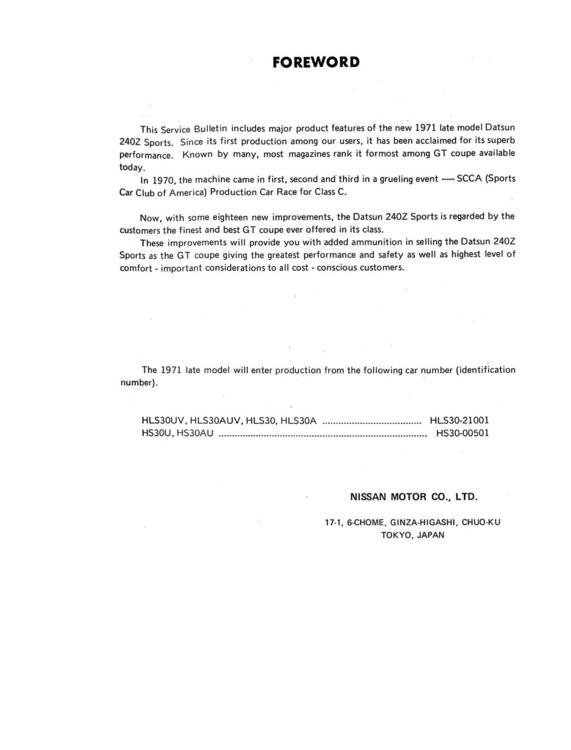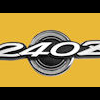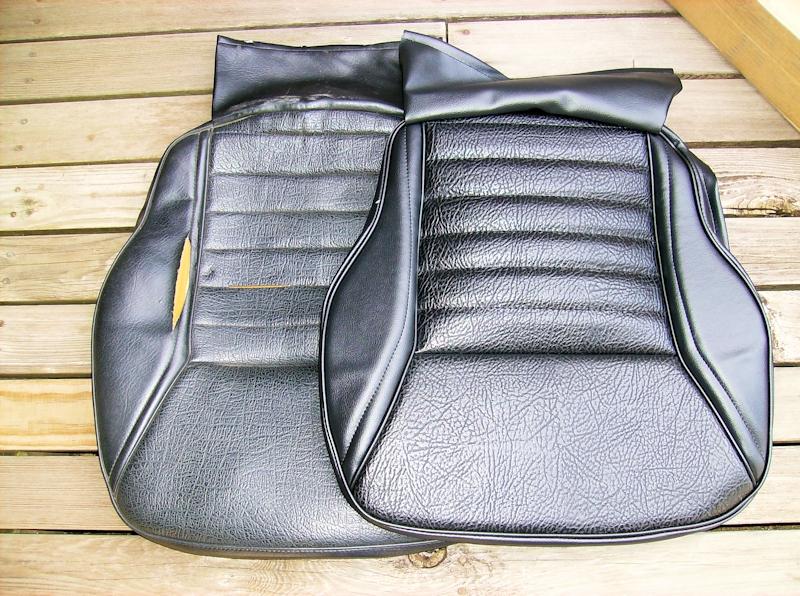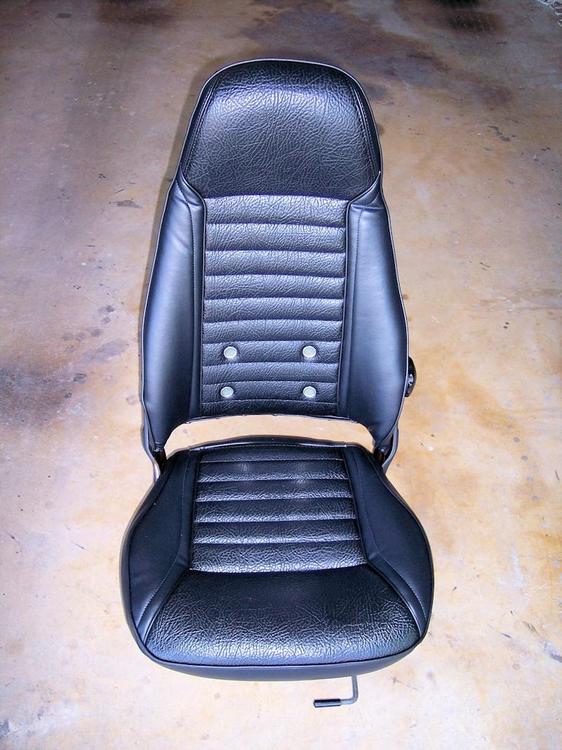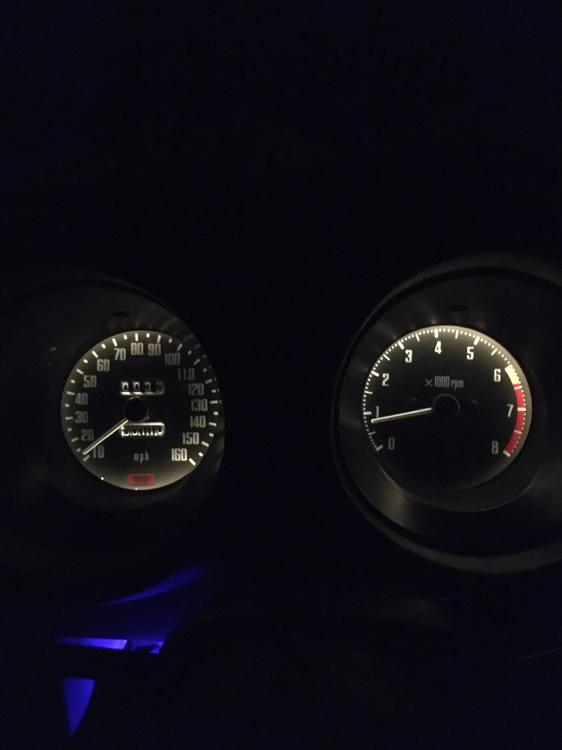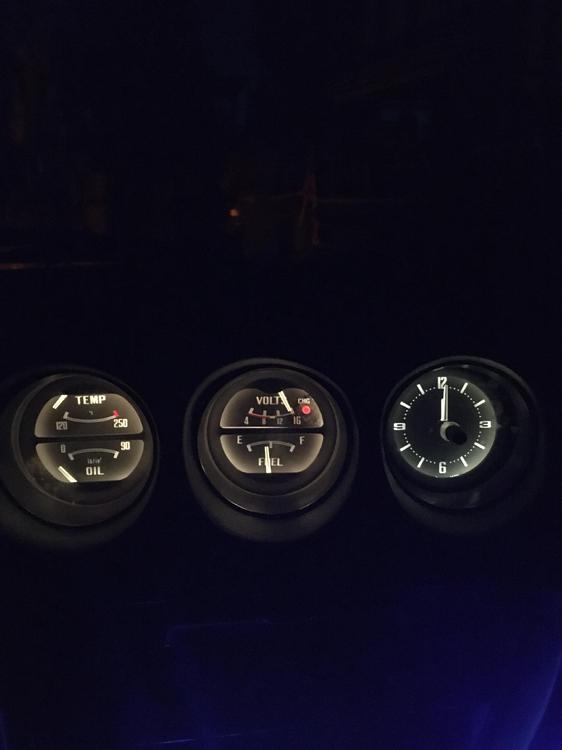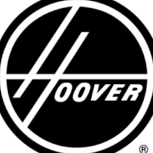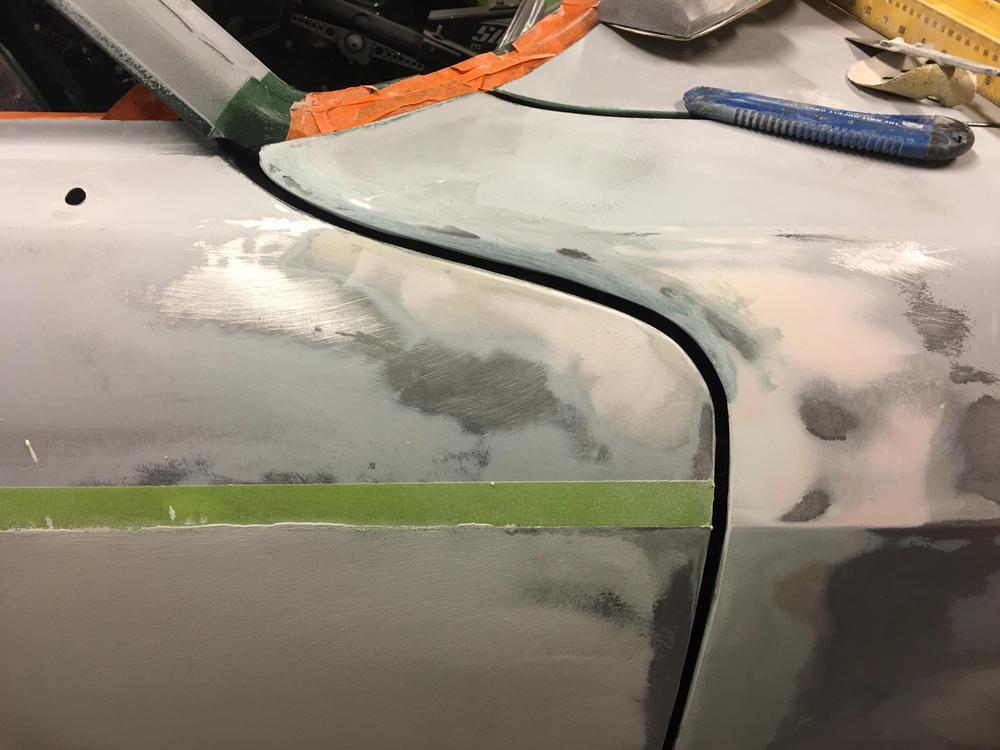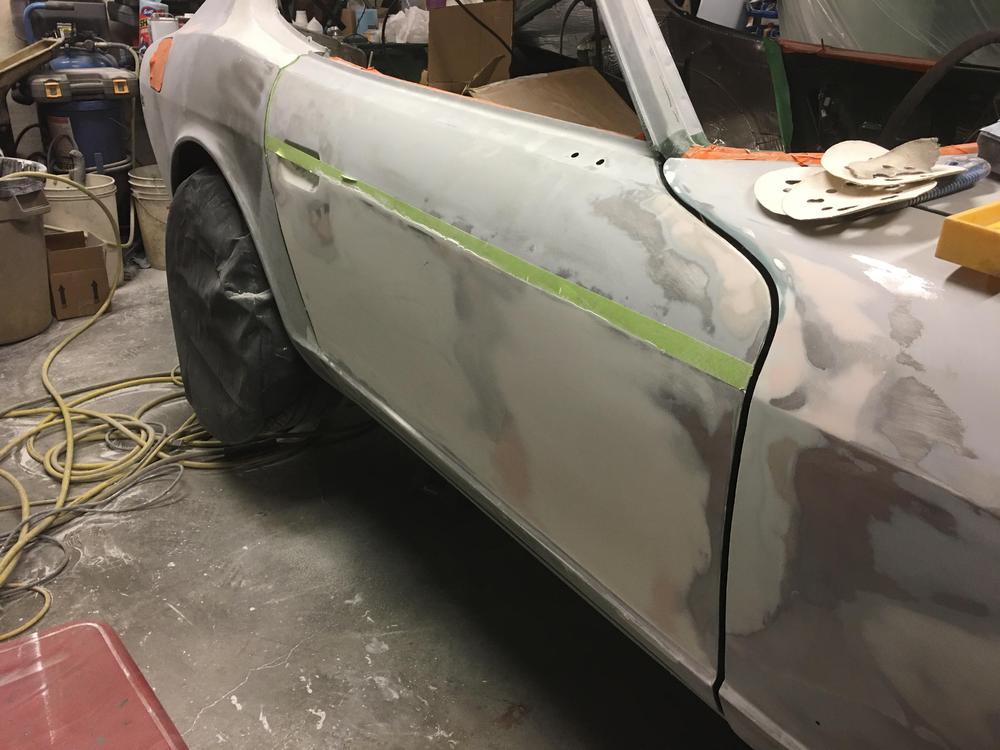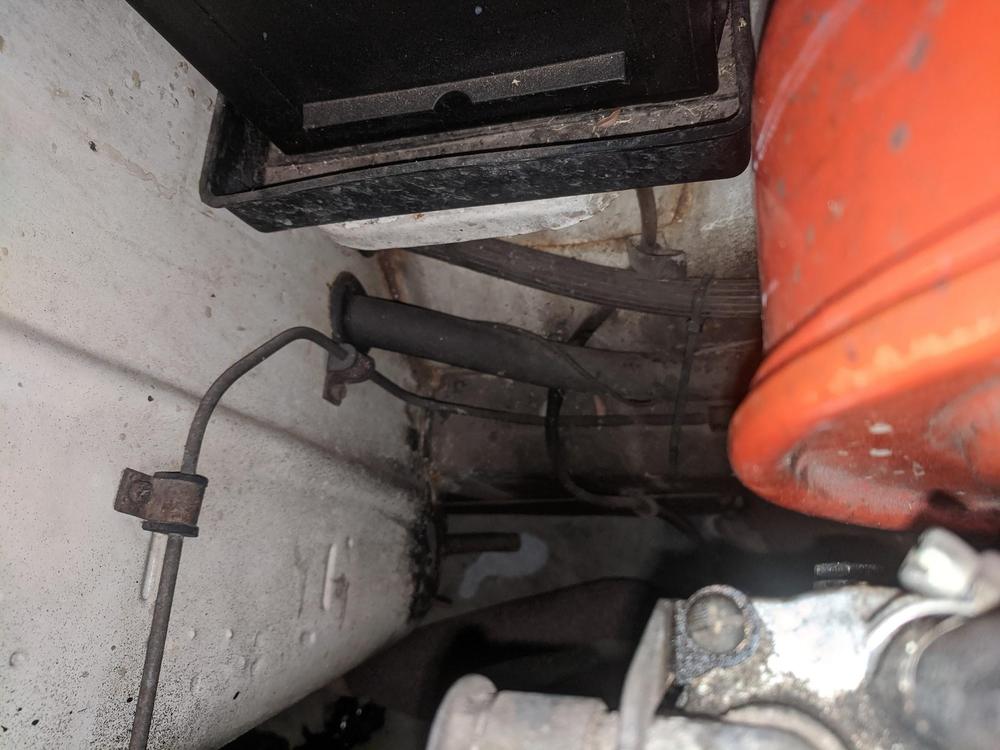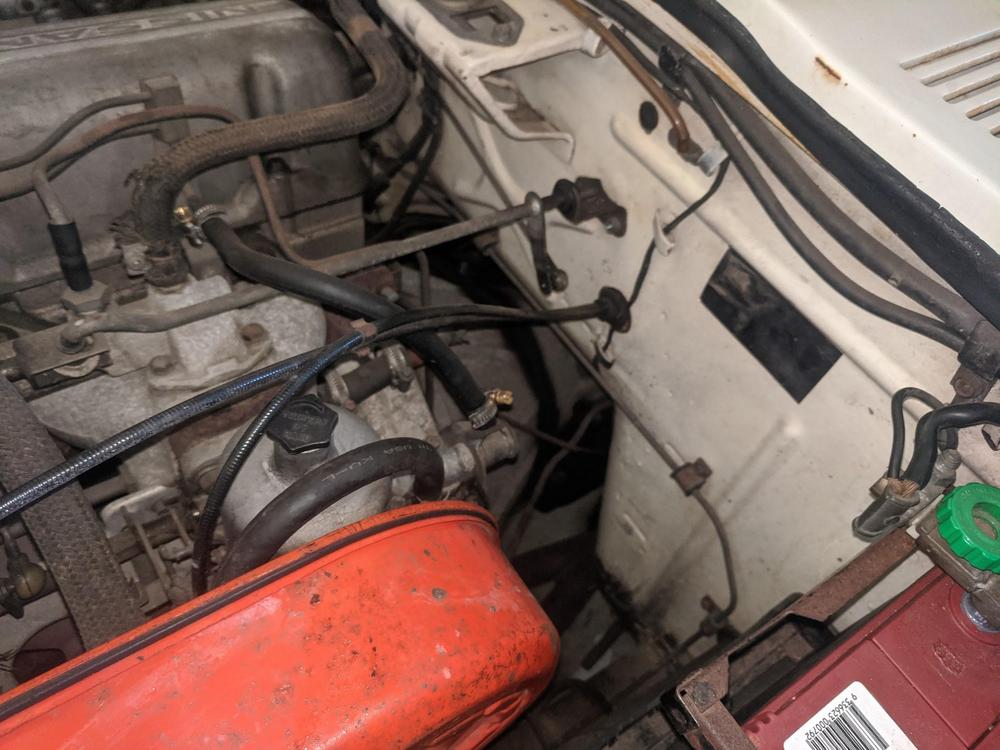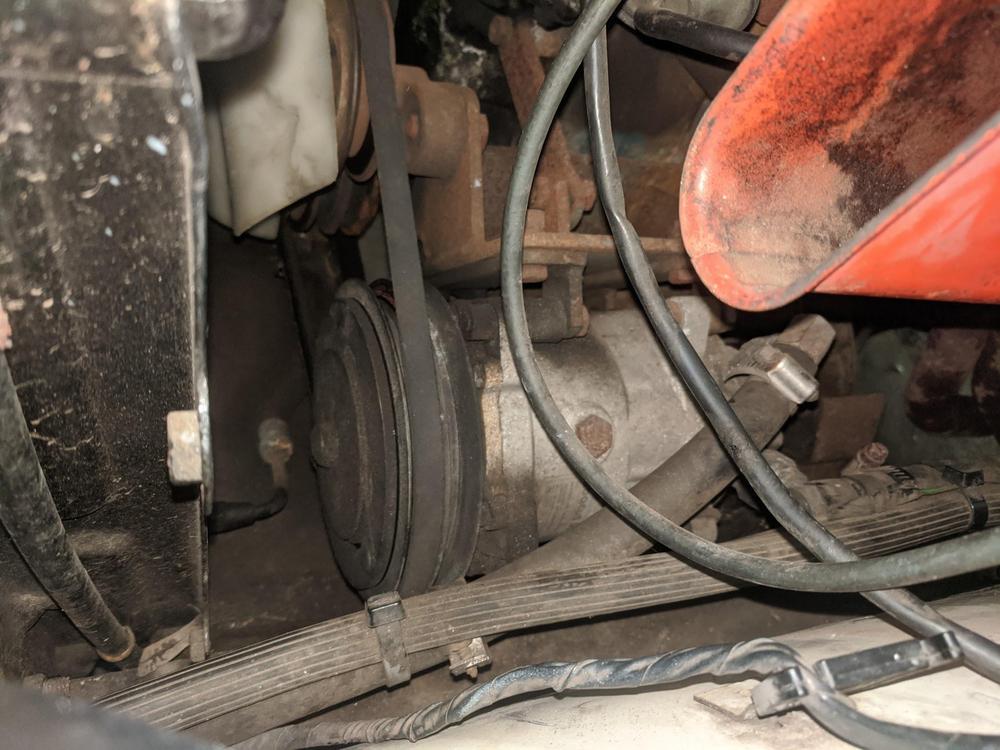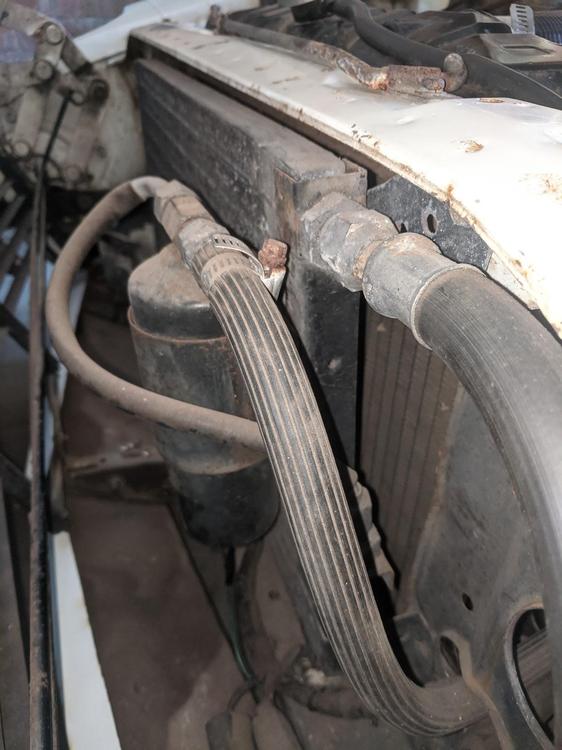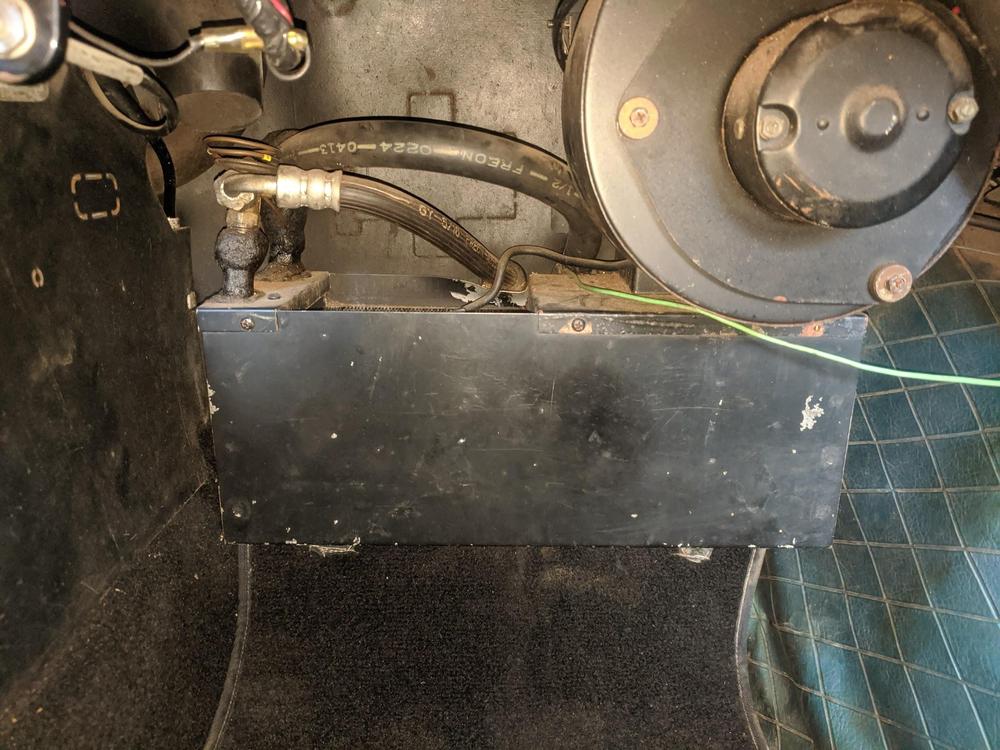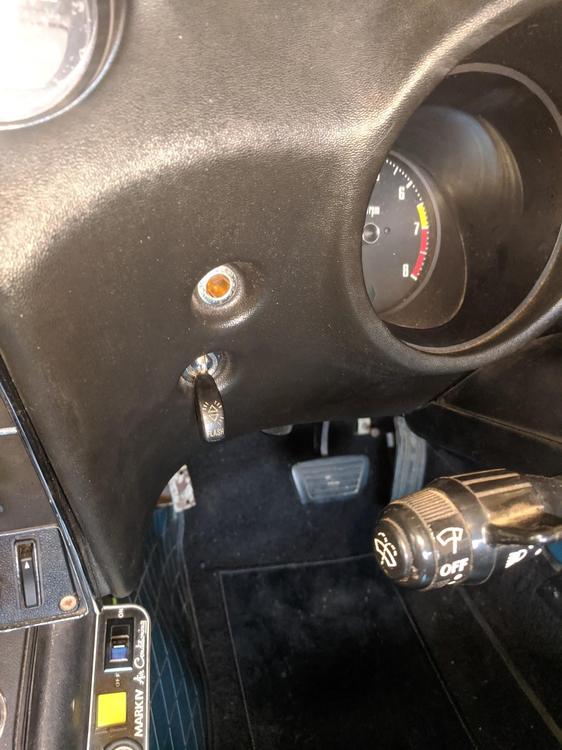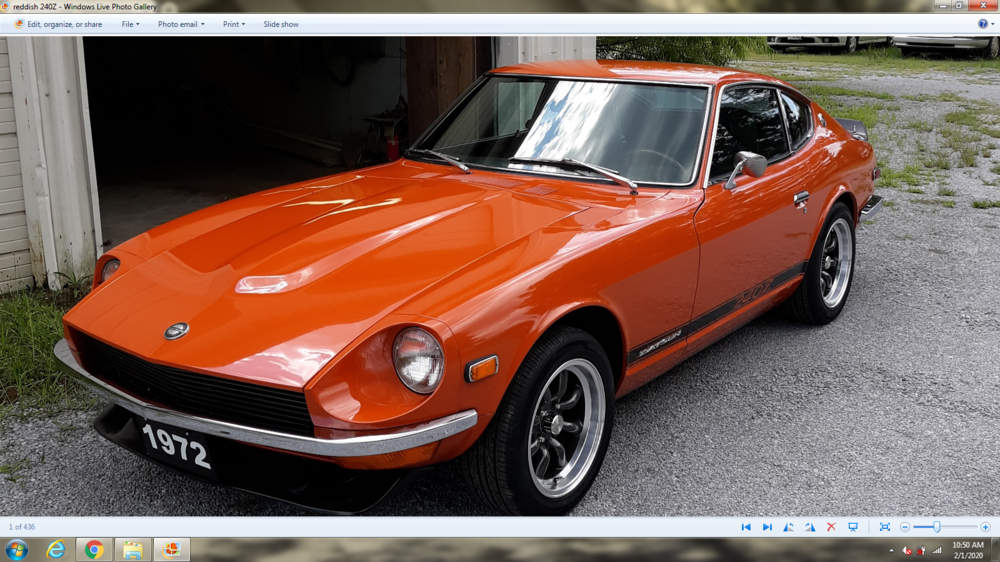Last bit of ingenuity is in regards to using a 4 speed bell housing, and the issues it raises.
Back a few pages, I spent a lot of time creating a way to may a 56mm hole into a 62 mm hole. I did my first test on a somewhat expendable 4 speed bell housing.
It went better than expected, and I decided to put a 62mm front counter shaft bearing on this gear set to hopefully improve life span. So I of course feel compelled to use my new bell housing with the 62mm hole.
The worst thing about the 4 speed bell housing, is that the reverse switch hole is in the wrong place. It's about an inch too far back.
Location on a 4 speed
\
Location on the 5 speed, further rearward
The proposed solution is to make a new hole in the bell housing in the right spot, and plug the wrong spot. Not a terrible thing to do, it's a M14x1.5 threaded hole, I have a tap. When I looked closely at it, I noticed the hole does not pass through the case at 90 deg to casting.
I threaded an M14 bolt in the hole to show you the angle.
This doesn't look fun to drill or tap. I'm afraid if I go through at the wrong angle the tip of the switch won't hit the shift rod properly. So.....
So I looked at the two shift rods. 5sp on the right/top. 4 sp on the left/lower.
The depression where the tip sits when in neutral or 5th is of course farther forward on the 5sp rod (down in the pic is toward the front of the trans). Why not just extend the depressed area on the 5 sp rod farther back (up in the pic, sorry) so it ends at the same place as the 4sp rod and lets me leave the switch where it is? So that's what I did!
I first created an identical pocket in the 5sp rod in the same spot as the four speed rod. Then realized that would/might keep the light on in 5th too, so I flatted the area between the old and new pockets. Just imagine that the full diameter bit in the middle is gone, and its flat all the way across between the two flats you see here. Now the switch will turn "on" when the tip rides up the slope from the flat spot to the rod full diameter, as the rod moves to the right (forward) going into reverse. Will stay down when going to the left to get 5th
 Subscriber
Subscriber 11Points3,770Posts
11Points3,770Posts





